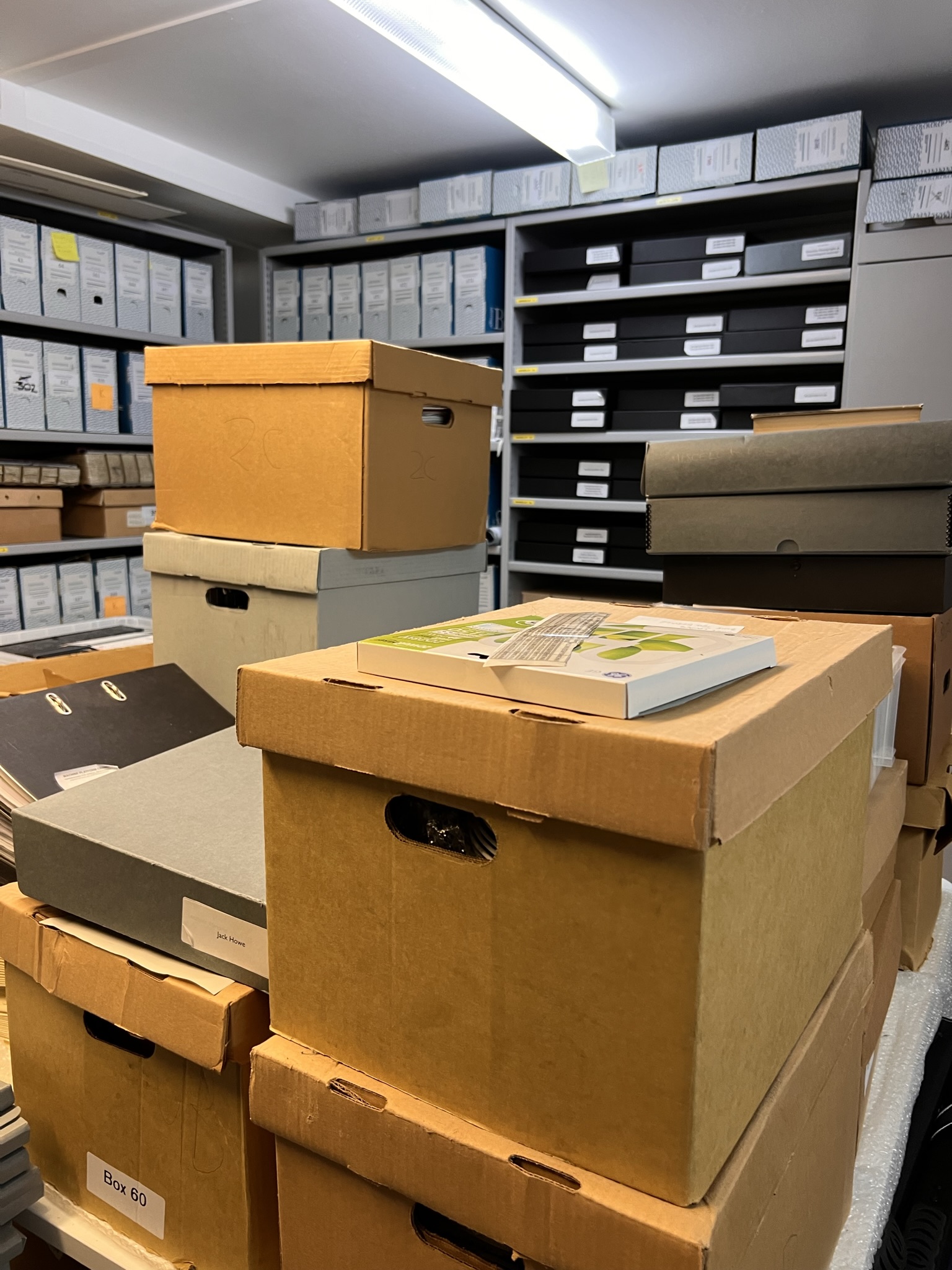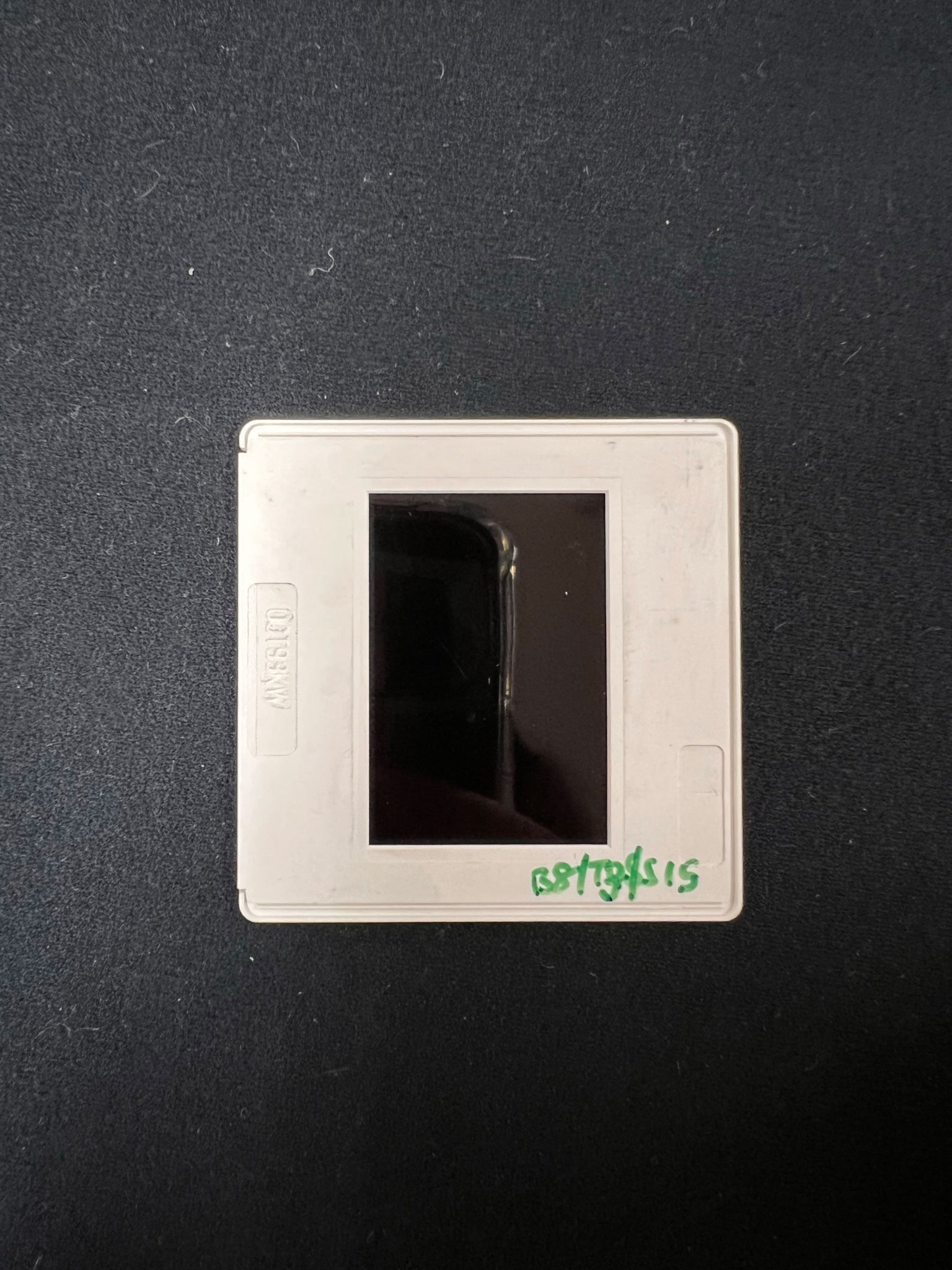The Royal Society of Arts
The RSA (The royal society for arts, manufactures and commerce) is a London-based non-profit organisation for arts, manufacturing and commerce. Founded in 1754, the organisation has been at the forefront of significant social impact for over 260 years. Its proven change process, rigorous research, innovative ideas platforms and diverse global community of over 30,000 problem-solvers deliver solutions for lasting change.
The Royal Society of Arts has a large diverse archive of art, books, letters, sculptures and prints, from across the centuries. Around 95% of its impressive collection is paper based. As part of its mission to unite people and ideas, the organisation has been working to digitise its archive to improve accessibility, worldwide reputation and create a more efficient and cost-effective on-site archive system.
The organisation’s digitisation journey began with Jstor, the online library of digital articles and journals. The RSA sent duplicate copies of their printed journals, and early transactions, to Jstor, who scanned every page, produced optical character recognition (OCR) dates and indexes. This provided the RSA with an additional annual revenue stream and served as the proof point for the continued digitisation of major sections of the archive. Now, the RSA register around a quarter of a million downloads a year, for which it receives a commission.
Broadening access to the RSA with our overhead scanner

The RSA receives multiple requests a day from researchers around the world for materials stored in the archive, which it always strives to fulfil.
Eve Watson, Head of Archive, explains: “The key thing with digital is access. Previously, if a researcher in Australia, for example, wanted to access something, if it was unsuitable to provide a photograph, they would have to arrange an in-person archive visit."
"Now, digital surrogates uploaded onto the catalogue can be easily downloaded as a lo-res image and we can supply, on request hi-res images”.
The RSA uses the ScanSnap SV600, which the team has affectionately nicknamed ‘Vlod’, to fulfil the majority of these requests, on account of its versatility and speed. ‘The SV600 is quick and easy and we like the quality of the scans,” she explains. “There’s no warm-up time; it’s just press and go, which is ideal for us and what we need.”

With the SV600, the RSA typically create two versions; a hi-res image for print output that is saved in the archive’s digital repository and a smaller, cropped version, which is designed for use in the catalogue. Alternatively, they can provide the scan as a PDF.
The RSA also used the Fujitsu Image Scanner fi-7160 for a one-off project that saw the team digitise historic application forms held on 16mm microfilm reels from 1936 to 2003. The fi-7160 produced digital images so that the RSA can see the signature and date details and forward to researchers who have made a request. Saving hours of time searching through boxes of reels.
Beyond fulfilling individual requests, scanning also prolongs the life of an item. “Scanning is possibly one of the best thing that’s happened to archives in the last 30 years,” explains Eve. “A physical letter, for example, will eventually crumble to dust; but if it’s digitised, it can live on forever.”
Creating a digital repository with ScanSnap

Scanning is fundamental to the RSA’s digitisation project, which doesn’t just help to extend the longevity and access to its assets. The storage space in the onsite archives two strongrooms is limited and the archive also deals with business management records that need to be kept securely. Unlike the historical documents, however, some of the paper versions of these documents do not need to be retained after the end of their retention period. They can be scanned with the ScanSnap, the digital images efficiently stored and the paper versions disposed of, meaning they don’t take up valuable space in the archive.
The early digitalisation work also helped the RSA team to keep working from home during the COVID lockdowns in 2020 and 2021, as previous scanning that was completed on-site could be uploaded, catalogued and referenced remotely. “For the first year and a half, we did this in and out of lockdown, as it enabled us to keep working from home. If we’d still been in the paper age, we’d be having to transport piles of ‘stuff – carefully’! – to and from the office, adding the information into spreadsheets and then cataloguing, that simply didn’t work for us,” explains Eve.
Digitising improves reputation
For the RSA, digitising the archive was more than just financially motivated; it was also a way to improve reputation. Now, online artefacts can easily be shared and circulated, increasing attention and thus the number of people coming to the RSA to do their research.
“My view was that digitisation shouldn’t just be about financial gain; it should be about institutional reputation gain and cementing the RSA as a place that encourages international research,” says Eve.
The analytics from partnerships with Jstor and Bridgeman Images serve as useful proof points to help Eve and her team demonstrate the value of the archive and its impact within the wider organisation. “…at the end of each month we receive analytics that show us the number of downloads, in which countries, what institutions and the top 50 downloads,” explains Eve. “We couldn’t have done any of that without digitisation.”
‘We’re delighted that PFU models were able to help the RSA with their digitisation journey’ says Matthew Smith Channel Development Manager for PFU EMEA. ‘The ScanSnap SV600 and the Fujitsu fi-7160 have proven to be a great combination of speed, quality, versatility, and compatibility which will be perfectly able to adapt to the RSA’s evolving scanning requirements.’
